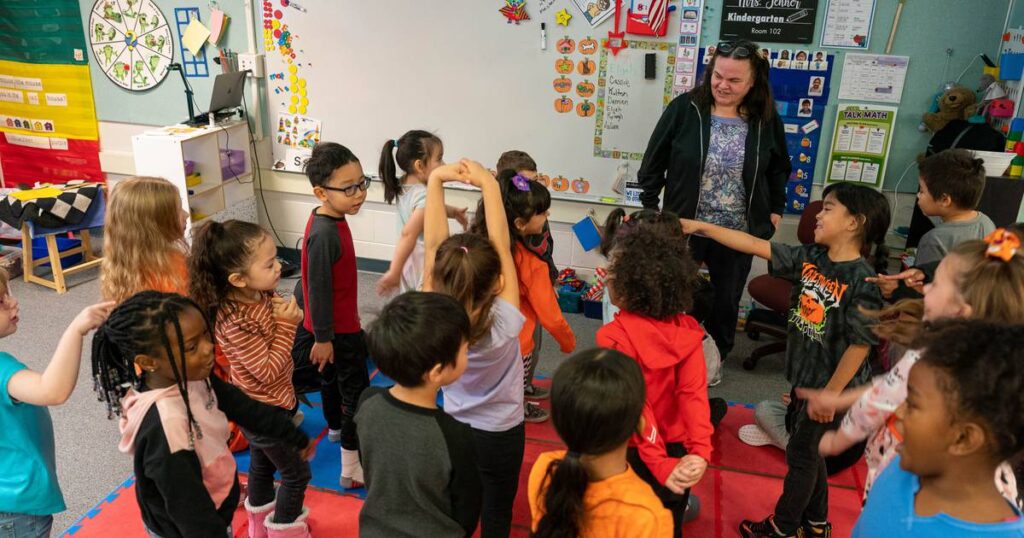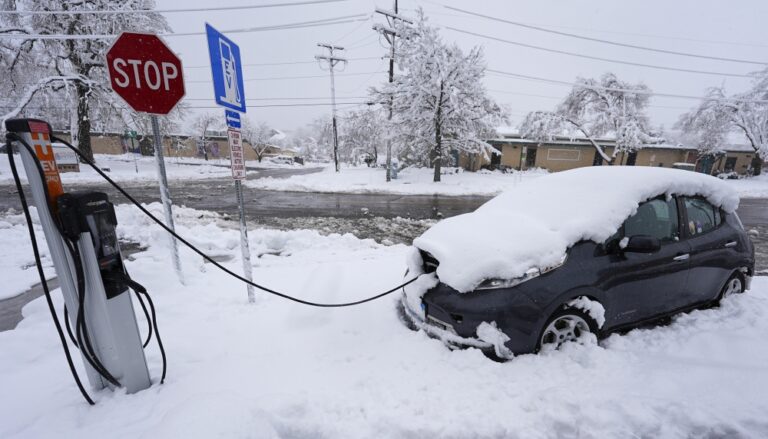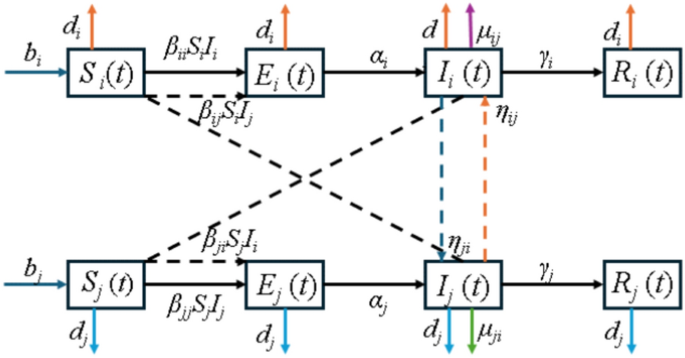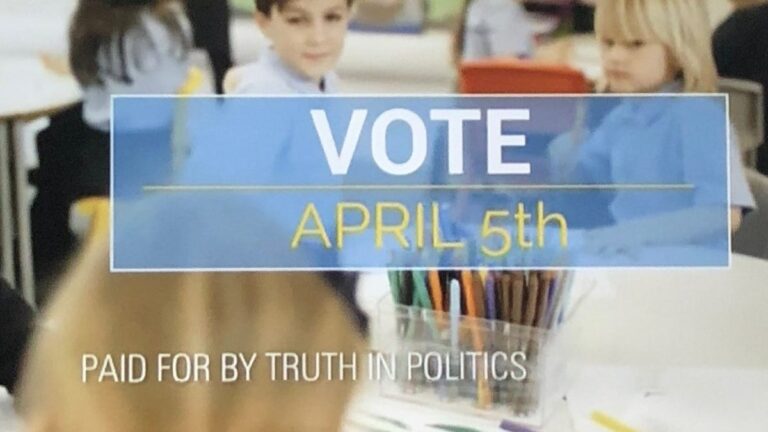
Updated: 2 Hours ago Published: 2 Hours ago
:quality(70)/cloudfront-us-east-1.images.arcpublishing.com/adn/5CAGLSBHLJABBPSFOH3ZBPSGFM.jpg)
Choice is a good thing. We would all like to have choices that allow us to make the best possible decisions for our families. The Anchorage School District has truly excellent and valuable educational options, such as charter schools, electives, language immersion and highly gifted programs. But some choices have consequences. Most of these programs are not available in Northeast Anchorage schools. One result is that these choice programs are slowly but surely sapping the lifeblood of our public schools as families choose something other than their neighborhood schools. Now my neighborhood, Nonaka Valley, is living with those consequences as the neighborhood school is closing due to declining enrollment.
My family was part of this problem. We have chosen other schools that we believe would suit our son better. Now when I look back on that decision, I see another consequence: My son only knows one person his age in our neighborhood.
We’ve been told that Northeast Anchorage has other nearby schools with lower enrollment. Instead of closing them like we closed Nonaka Valley Elementary School, we can apply a little creativity to reverse the flow of energy currently leaving our neighborhoods and create stronger neighborhood schools. Through them, we can strengthen connections between communities and support property values in these neighborhoods.
We can do this by partnering with choice programs, placing them in neighborhood school buildings alongside existing neighborhood schools and giving neighborhood students enrollment priority. The addition of affordable pre-K and child care that neighborhood families can access is an additional strong draw that connects young families to the neighborhood school, likely leading to increased enrollment in that school in the future. Rebooting the community school movement could provide free or low-cost community classes that serve the entire neighborhood, not just students’ families. Even neighbors without children will begin to see all the benefits that their neighborhood school provides them, such as increasing property values and contributing to keeping the school strong. After hours of enthusiastic testimony at recent school board meetings, I can see that students and parents love their teachers and love their neighborhood schools. This strong sense of community can be extended throughout the entire neighborhood with the school being the focal point.
In this model, the neighborhood school becomes the heartbeat of the community by connecting families and neighbors, creating lifelong connections. These connections are what weave the fabric of a connected, strong and resilient society.
Let’s get creative: Charter schools in non-ASD buildings spend about 20% of their budget on rent, and some of these schools are limited on space in their current location. Small charter schools can share space in an existing school building with a neighboring school, allowing the charter school to redirect rent money toward its academic programs. Larger charter schools that have difficulty finding a single building large enough and affordable and share their location with two different schools in the neighborhood may be subdivided.
Let’s be flexible, too: Charter schools receive the same basic distribution of students as public schools, but they have much more flexibility regarding their structure. For example, they have the freedom to create much smaller class sizes, which allows their teachers to give their students more individual attention. Public schools don’t have that flexibility. We need to be careful to avoid the consequences of structural inequality by allowing charter schools to gain unfair advantages over public schools. A little flexibility in bringing charter school benefits to neighborhoods and giving neighborhood students enrollment preference could go a long way in supporting choice while also minimizing the consequences.
Although I don’t know exactly what’s going to happen in the future for Nonaka Valley, I do know that it involves a big change as we lose our neighborhood school. Change can be difficult, but through change we can enjoy our choices while also minimizing the consequences. Through change, we can redirect the flow of energy back into our neighborhoods, improve our community connections and support neighborhood property values.
Let’s work together to reimagine our schools and let’s put something back into the Nonaka Valley that keeps the community integrated and thriving.
Christy Wood is a long-time Nonaka Valley resident and community volunteer.
The opinions expressed here are the author’s own and are not necessarily endorsed by the Anchorage Daily News, which welcomes a wide range of viewpoints. To submit a piece for consideration, email Comment (at)adn.com. Send posts of less than 200 words to letters@adn.com or Click here to apply via any web browser. Read our full guidelines for messages and comments here.






